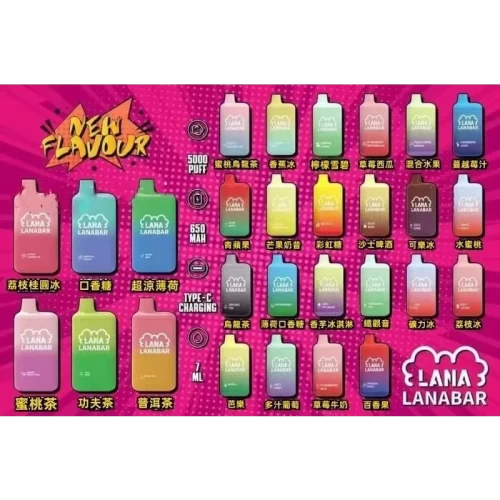If you’re tackling a big cleanup project, planning a renovation, or managing yard waste, understanding the cost of a dumpster rental is essential for planning your project effectively. One Dial Dumpster offers clear, upfront pricing for residential dumpster rentals across Harrisburg and Central PA, ensuring you know what to expect.
Here’s a closer look at what goes into pricing and how to get maximum value.
Average Dumpster Rental Costs in Central PA
Here’s a breakdown of what you might pay for a short-term residential dumpster rental:
|
Dumpster Size
|
Average Price (All-In)
|
Rental Period Included
|
|
10-Yard
|
$325 – $375
|
1–3 Days
|
|
15-Yard
|
$375 – $425
|
1–3 Days
|
|
20-Yard
|
$425 – $475
|
1–3 Days
|
Note: These prices include drop-off, pickup, and disposal of up to 1–2 tons. Additional fees apply if you exceed the weight limit or keep the dumpster longer than the agreed rental period.
What Affects Dumpster Rental Costs?
Residential dumpster rental costs are dependent on a variety of factors, such as:
1. Dumpster Size
Larger yard dumpsters and open-top dumpsters hold more cubic yards of waste, which can increase the cost. For reference:
-
10-yard: Small cleanouts or light yard cleanups
-
15-yard: Mid-sized cleanouts or room renovations
-
20-yard: Major junk removal, construction debris, or large trash removal jobs
2. Type of Debris
Heavy materials such as drywall scraps, roofing, or dirt may increase the cost of your dumpster rental due to higher disposal fees. If you need to discard hazardous materials such as flammable liquids, harmful chemicals, or paint, be aware that most rental companies prohibit these items.
3. Rental Period
We offer flexible 1, 3, and 7-day rental periods, with options to add extra days for an additional fee. The longer your dumpster rental period, the higher your cost will be. Be mindful of your project timeline and communicate clearly to avoid overtime fees.
4. Dumpster Placement
Placing the dumpster on public property requires a permit, which equals a higher rental cost. If you also misunderstand local regulations or skip the permit process, you could face potential fines or delays in your project, which will cost you more money. Always opt for driveway or private property placement to avoid extra fines and red tape.
5. Weight Limit
All dumpsters have a maximum number of cubic yards and a weight cap. Exceeding these limits may result in additional ton charges, increasing your overall residential dumpster cost. One Dial Dumpster can help you estimate accurately to avoid overload fees.
Flat-Rate Pricing vs. Hidden Fees
Unlike rental companies that advertise low base rates and tack on surprise fees later, we provide transparent, flat-rate pricing from the beginning. That means:
-
Delivery and pickup included
-
No fuel or environmental surcharges
-
Clear limits on weight and rental periods
-
Friendly reminders before your pickup service
Best Use Cases for Residential Dumpster Rentals
Our residential dumpster rentals are ideal for:
-
Yard waste and landscaping
-
Whole-home decluttering
-
Construction site cleanup
-
Moving into a new home
-
Downsizing or estate cleanouts
Service Areas
We offer prompt delivery and fast service in:
-
Camp Hill
-
Elizabethtown
-
Lancaster
-
York
-
Middletown
Book Your Residential Dumpster Rental with Confidence
Whether you’re clearing out after a renovation or getting rid of years of clutter, One Dial Dumpster offers affordable and dependable residential dumpster rentals with no hidden costs. Contact us and take the first step toward a cleaner home and a fresh start.
Frequently Asked Questions
Prices typically start at a flat rate depending on your location and material type. Contact us and we’ll guide you through everything based on your cleanout.
You can toss most unwanted junk, including furniture, construction materials, and yard waste. We’ll provide a list of prohibited items to keep you compliant with environmental safety rules.
Stick to the weight limit, don’t throw in hazardous content, and avoid going past your rental period. Our team will guide you through all this during booking.
We offer extensions for a daily fee. Just let us know in advance and we will assist.
Tell us about your work scope, and we’ll recommend the right size dumpster to match your space and volume needs.














